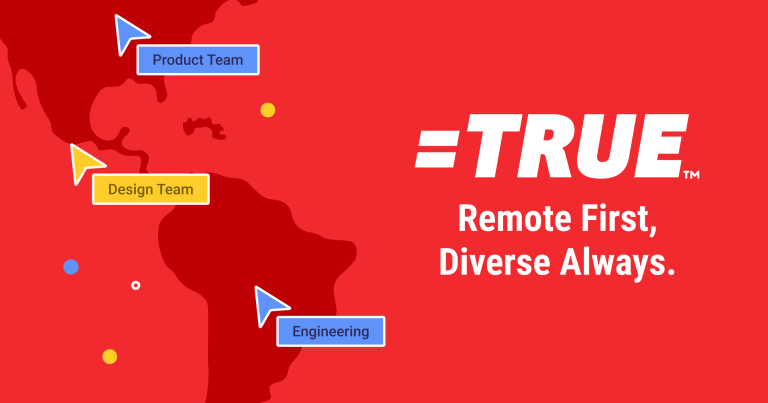Welcome back! In our last article by Ximena Garcia we discussed dealing with Bias as one of the factors to creating an inclusive environment. We looked at how inclusion is the key to unlocking the diversity hiring aspirations of modern organizations. But opening the door and removing unconscious filters are just the beginning. Because to be included is to feel like you belong.
We all want to belong
Take a moment and remember your childhood. Picture the time when a new kid in school was standing on the side of the playground looking uncomfortable and unsure. Perhaps you were that kid? Now remember when they were invited to play on one of the teams. Can you see their smile and relief? That child was likely introduced to the class, told where to sit, given assignments, and perhaps even given a school buddy. But until they were invited to join a team and given a position to play by their classmates they didn’t feel like they belonged.
The need to belong is a core aspect of our human experience. It resonates with us in a way that few emotions can match and it gives us the security to be ourselves no matter our gender. age, background, or station in life. All of us aspire to belong to something. When we do, we are often better for it in ways we never could have foreseen. So when that feeling is absent in team environments it can delay performance and defeat the most well intentioned inclusion efforts.
To belong is to be
Any decent mental health professional will tell you that we are emotional creatures not intellectual ones. Try as we might, the limbic brain at the center of our gray matter most often gets the “final word” since it has no language ability and is pure emotion. We just haven’t evolved yet past this evolutionary hurdle. That’s why, no matter who or what tells you something of consequence, you won’t believe it unless you feel it is true. This means that the onboarding sessions, founders video, free hoodie, access badge, parking/commuter pass, policy training, and the dozen other things which happen the first week of employment will likely not trigger the feeling of belonging. Just the feeling of being welcome…maybe.
At the risk of getting esoteric, what does it mean to “Be”? The concept of Being is at least a semester of discussion and much more if it becomes your pursuit in life, but for this humble article let me water it down to this statement: “Being is living at your potential.” When any of us is allowed to be themselves and be (insert your personal motivational adjective here), we are living our best lives. Some call this a state of flow, some call it in the zone, and some just call it joy. Whatever you call it the innate happiness, confidence, and security to speak up and put yourself out there is basic to individual success. That’s why helping others feel belonging is not just good for them it is good for everyone around them.
Creating belonging
Let’s transport ourselves back to the playground. The new kid was picked for the team. Belonging solved it, right? Not quite. My recollection is standing in the position praying not to mess up if the ball came to me. But also hoping at the same time that the ball did come to me quickly. In this memory, the soccer ball was passed to me on a cross. I settled the ball and quickly passed it to a charging teammate that scored. All of us came together on the field and celebrated jumping and cheering. In that moment I finally felt like I belonged because I was part of the win. Part of the score. Part of the team’s success. Contributing to visible success is the fastest way to experience a sense of belonging.
As a leader, or collaborating teammate, helping every member of the group feel like they belong is a duty and opportunity to unleash the awesome potential of each new hire in the immediate term. But too often the same routine happens. The new hire is given videos, documents, and presentations to review. They are invited to meetings and gradually integrated into the ongoing projects. Or the opposite happens. They are thrown into the middle of the proverbial ocean and asked to repair the ship in the middle of a storm. Neither experience is ideal. What’s needed are a few quick wins that can be accomplished as part of the team, but by demonstrating individual value.
Before co-founding EQUALS TRUE I was a talent acquisition consultant for many years. During that time I perfected a way to quickly integrate with the teams I was supporting while not losing sight of the larger picture. More often than not, I was hired to optimize the global effectiveness of the talent programs of my clients. The client’s strategic needs were never quick fixes, so focusing only on those meant delaying trust and belonging with the teams. So what I did was to focus on the root pain and find some key quick wins. Given the nature of my work, these win opportunities usually presented themselves as critical hires. So I would identify the 5 most important hires and work quickly to get them through the door within the first 30 days. Each of these key hires represented a team win that was visible and easily understood.
We adopted a variation of this approach at EQUALS TRUE where we ask the team what three problems they would like to work on with the new hire during the first 30 days. Regardless if it was part of the job they were hired for or not. We do this because we are after the collective win. Just like it doesn’t matter if a linesman picks up a fumble and runs for a touchdown behind blockers instead of a running back…when we achieve as a team we win as a team. Looking for authentic ways for your new hire to quickly win with the team, will unlock the feeling of belonging in a genuine way. And when someone feels that they belong they will always feel included.
I’ll discuss more in my next blog. Be sure to follow us for the latest articles in this series. For more information about EQUALS TRUE please contact us at: hello@equalstrue.team
Copyright © 2024 EQUALS TRUE. All Rights Reserved.





